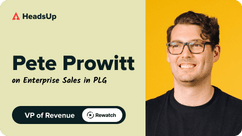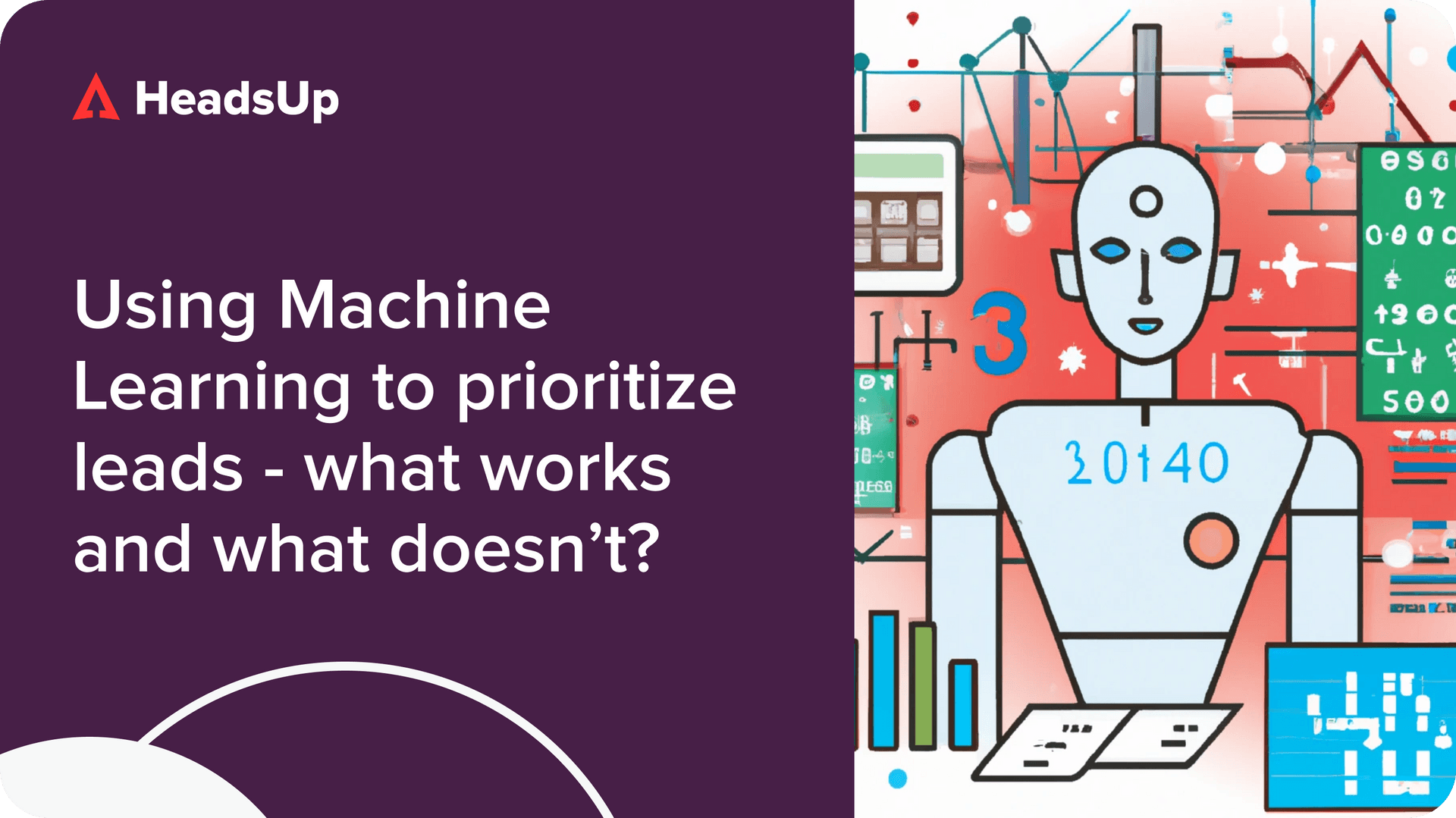Product-led growth success stories like Dropbox, Zoom and Slack rose to unicorn status on the tide of bottom-up expansion. But they became decacorns by doing what might appear to be the exact opposite—building out large enterprise sales organisations.
A pure self-serve motion got Slack to 2.3 million monthly active users in two years — without the cost of a sales team. Slack CEO Stewart Butterfield even famously said, “I think we can get away without having a sales team in any kind of traditional way probably forever.”
But alas, Slack then proceeded to rapidly hire salespeople, in order to fuel its ambitions to upsell the hundreds of the largest corporations into its highest enterprise tier. Between 2017, when Slack publicly announced its Enterprise Grid, and 2019, the company quadrupled its enterprise customer base. Now, enterprise sales make up a whopping 40% of its revenue.
If your product-led company is considering layering on enterprise sales, here are four questions to consider before jumping ahead—asked and answered by Pete Prowitt, whose illustrious career took him through SaaS unicorns like Box, Intercom, Loom, and now Rewatch, where he now serves as VP of Revenue.
Why should my product-led company consider adding an enterprise sales motion?
Selling to large corporations nets you six- to seven-figure contracts. They’re also stickier customers with a lower churn rate (<1% monthly, compared with 3–5% monthly for small and midsize businesses).
With all their advantages, layering on enterprise sales should be a no-brainer right?
Not exactly. Enterprise sales are a huge resource commitment.
When you sell software to SMBs, you don’t need features like single sign-on or complex security controls. But when it comes to your first bank, you’ll have to invest in all these before even getting your foot in the door.
Perhaps it’s because you see many individual employees at large enterprises already using your software. Or maybe you’re seeing plateauing growth from your SMB market.
Whatever your reason, making your product enterprise-ready will take a sustained alignment of resources on product marketing, design and engineering to execute. So don’t go down that road unless you’re sure.
It doesn’t make sense to go down that road unless you’re willing to make a really outsized and concerted effort to pursue those enterprise customers.
Pete Prowitt, VP of Revenue, Rewatch
When should my product-led company start adding enterprise sales?
If pursuing enterprise customers is a huge investment, how do you know if your start-up is ready?
One indicator is strong bottom-up-driven sales. GitHub, Twilio and SendGrid all began investing in top-down sales teams after they reached between $20 million and $30 million of Annual Recurring Revenue (ARR).
Another indicator to look out for is penetration rate within each potential large enterprise customer, says Pete, because that can help generate leads from bottom up.
When Pete first joined Loom, the company’s enterprise offering was in beta mode. He brought it out of beta, then proceeded to bring in Loom’s first 200+ upmarket customers.
Pete’s tips? Look out for pockets of free and viral users at large companies, and build a business case to sell to the whole organisation. That was Dropbox’s classic playbook, and 3-10% of employee penetration was often the tipping point.
How do I successfully layer on enterprise sales to my product-led company?
So you’ve decided you’re ready for enterprise sales. At this point you might have no sales team, or just a few reps branching into enterprise-level deals.
Hiring for growth
First things first: consider what type of sales leader and team you want to bring on. Your sellers might not look like typical enterprise salespeople. They will also likely have a different approach to engaging customers and thinking about the product compared to your existing engineering or product-focused culture. All this is OK.
Make sure your first sales hire is adaptable and entrepreneurial, as they will help you traverse the 0-1 stage of moving up-market and build a strong foundation for growth. Furthermore, consider bringing on an experienced leader. They would be able to take you further than a more junior hire, as long as they don’t mind “rolling their sleeves up” and working deals early on!
Lastly, it’s important for founders to stay close to and deeply partner with your early sales team, even if their background is not in go-to-market. It’s critical for them to developing a deep understanding of early-stage selling, including the challenges and structure of enterprise sales. All these learnings will help them ramp up go-to-market as the company grows.
Navigating enterprise customer relationships
As you build your sales team, it’ll also be important to get everyone focused on building strong, longer-term relationships with power users and especially potential buyers. Because conversion is now the first stage in the customer journey, not the last.
A point of caution here though: build relationships, but don’t bend over backwards trying to serve your enterprise customer. Have a rigorous approach for deciding which feature requests to satisfy and which not to.
Pete’s suggestion? Establish a process where the enterprise sales team reframes customer feedback and anecdotes into concrete problems to be solved for a more generalized use case. Then, prioritise adding these features starting with the ones that, when missing, would lead to your biggest missed revenue opportunities or losses.
Tie it to revenue you missed out on, or potential revenue you can have. This is the most important thing you can do. You need to get to a place where it’s not just anecdotal feedback. You need to capture all that data and use it to inform your roadmap.
Pete Prowitt, VP of Revenue, Rewatch
Get weekly insights from top Sales and Revenue leaders
Defining cross-functional objectives
The idea is to build a shared ranking system and language between product and sales that will tell both what the most crucial features are. At Intercom, that came in the form of a quarterly meeting. “You could do once monthly,” says Pete.
One last point to note—be sure to build shared empathy and unity of purpose across departments as your sales team expands.
It’ll be important for everyone to understand clearly how enterprise sales can support your company’s long-term success.
Pete recommends doing this through integrative goaling: having top-line goals shared by multiple teams, with sub-goals owned by individual department heads.
How should enterprise sales co-exist with my product-led acquisition and conversion funnel?
One common problem start-ups who adopt a freemium model—and grow aggressively on the virality of their free product—face when layering on enterprise sales is people thinking of their product as a free service and not wanting to pay for it.
If someone is using your tool for free and there’s no logical gated moment for using that tool, they will assume this is a service that doesn’t have an immediate monetary value
Pete Prowitt, VP of Revenue, Rewatch
By the time you’re ready for enterprise sales, says Pete, the decision maker might already have anchored onto the idea of it being free or cheap.
His suggestion? Gate features early—not just to capture value from individual users, but to signal to them the higher-tier features are worth paying for.
At Loom, the go-to-market team did a lot of testing to find the right psychological moments to gate usage, from capping the number of videos people can record to the duration of their videos. Or, even for basic team subscriptions, gating some advanced collaboration features.
After defining appropriate gated features, you now have to come up with optimal price packages for your enterprise customers.
If you’ve always had transparent pricing on your site to drive self-serve SMBs, you might want to rethink that. Because your enterprise customers will likely want to negotiate those prices down further. What then?
A commonly-adopted approach is full transparency for smaller self-serve customers, with an option for bigger companies to negotiate custom pricing.
Enterprise sales is one way to level up from your first $20 million ARR to the multiples after that. But it’s no straightforward journey, so know what to expect before you start the drive.


